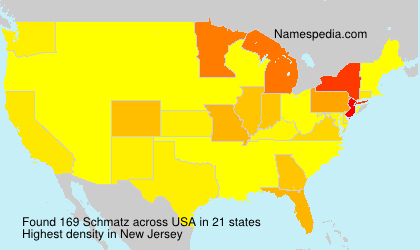

Sadly, as I read on, I got more and more frustrated.įirst of all, I was irked by the random describing at the most dramatic times. It sounded promising this, coupled with the fact that many minor characters were gay, drew me into the story at first. It started out seeming promising, though rather cliché: a guy comes back to high school, meeting his best friend from grade school again, with whom he'd lost touch since a mysterious incident in middle school. In fact, there wasn't much good in this book. Reading this book passed the time, but I can't say I liked it or felt more elevated after reading. I picked this really short novel up at the library because I was dumped there for 5 hours after school yesterday. I highly recommend this novel, partly because of the interspersed cartoons and hints of humor that modify the extremely heavy subjects of the novel. She writes tight and on task, as she tackles issues of racism, homosexuality, bullying, love, fear, child abuse, and the value of art. Schmatz packs a lot into less than 200 pages. But Rick Nash pushes all of Maxie's buttons: she fears him, finds she likes him, wants to be his friend, and then wonders about a love relationship with him. Then in Maxie's world, there is her cousin Sean who loves Dexter, a black football star who is black and her best friend Tay, who seems to be going off track, leaving Maxie confused. The weekly dinner at her Grandparents' farm.The coming together of her family which has had to cope with a variety of situations, such as her gay uncles, a child who became a father in 9th grade, a single mother, a racially mixed child. Maxie doesn't know quite how to deal with this, but she must since he is her chemistry lab partner.īut the soul of this story is the intricate construct of her family. Back then he was "Roddy" but now he goes by Rick. Maxie is in high school now, when her 6th grade childhood friend returns. Weight: 1 Language: English.What a joy, and yet mind engaging, book this is.

of the prelims, this is a book to savour.

McKinley, and with Nelson's self-indulgent but amusing touches, e.g. This is much more, though, than a mere reprinting the author describes it as "a biography of Venus's Flytrap" and delves in some detail into the history of its discovery, its first description, illustration and cultivation. Published in association with the Bentham-Moxon Trust and the Linnean Society, this includes a facsimile of John Ellis's original pamphlet (from the Linnean Society's library). both describe the rather strange insectivorous plant which was discovered growing in the nutrient-poor bogs of eastern North America and which caused such a sensation when first introduced into cultivation in England. Although the dust jacket title is not the same as that on the t.p.


 0 kommentar(er)
0 kommentar(er)
